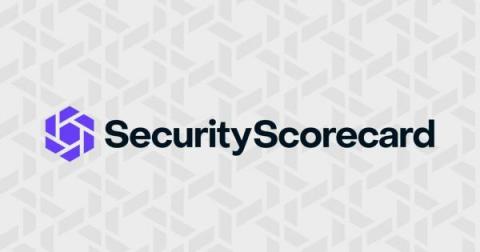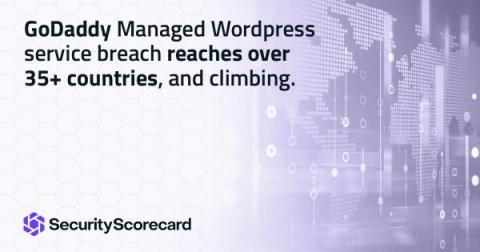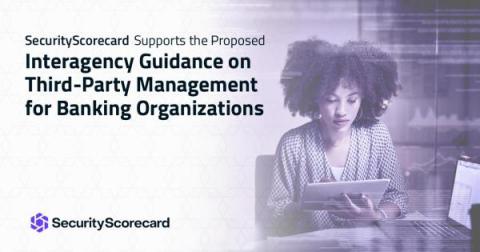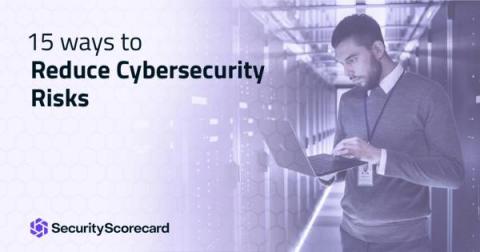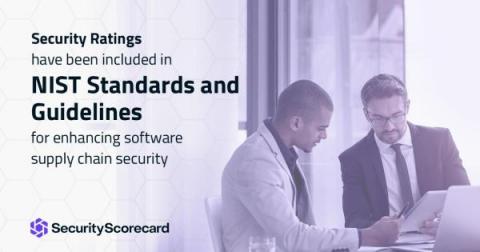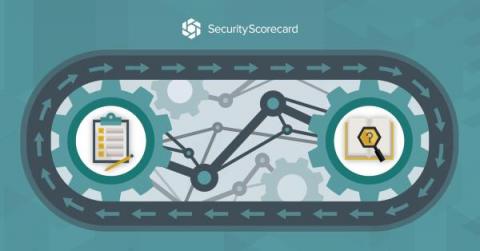Guide to Performing a Data Risk Assessment
Most companies know how to engage in a security risk assessment. However, the first step in the security assessment process should be engaging in a data risk assessment. While the two sound similar, they provide different insights. This guide to performing a data risk assessment explains what it is, why it’s important, and how to engage in one.


